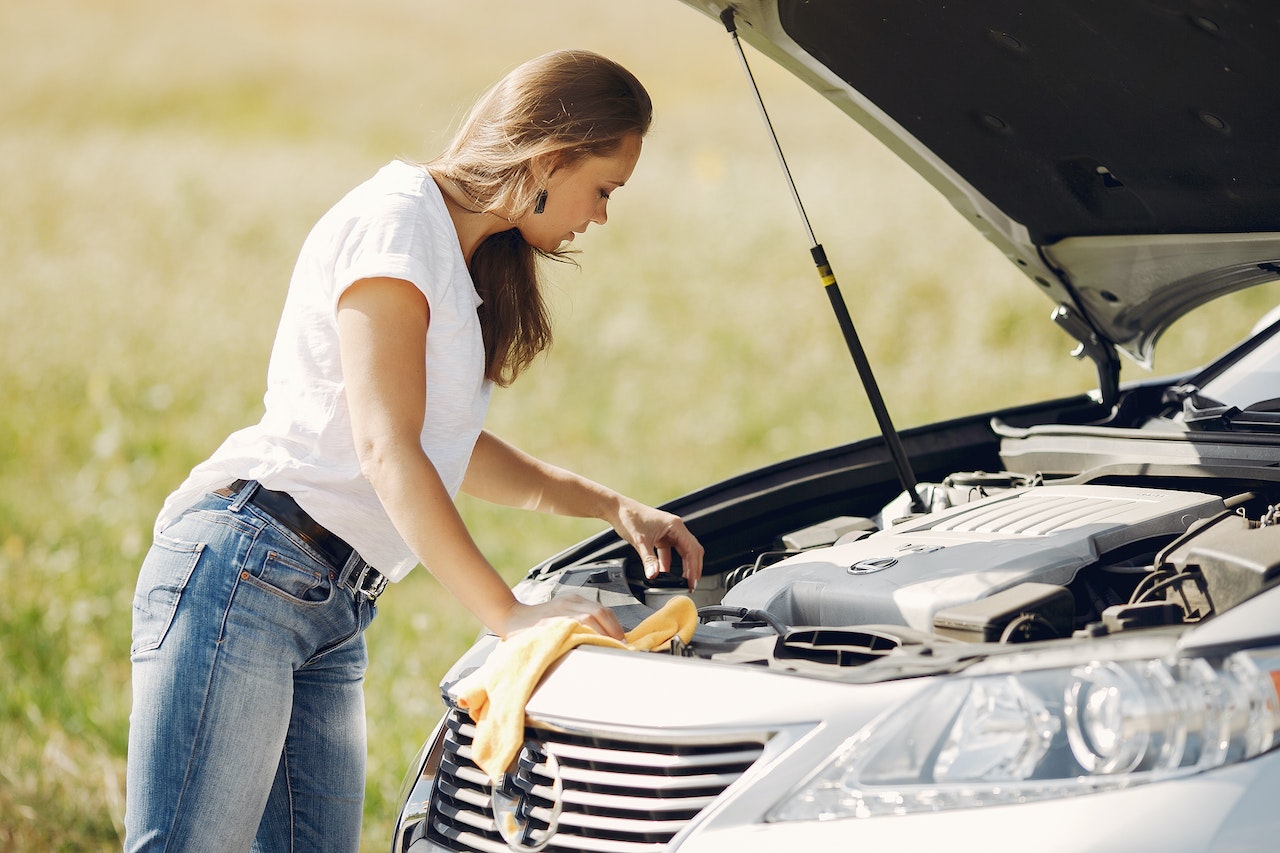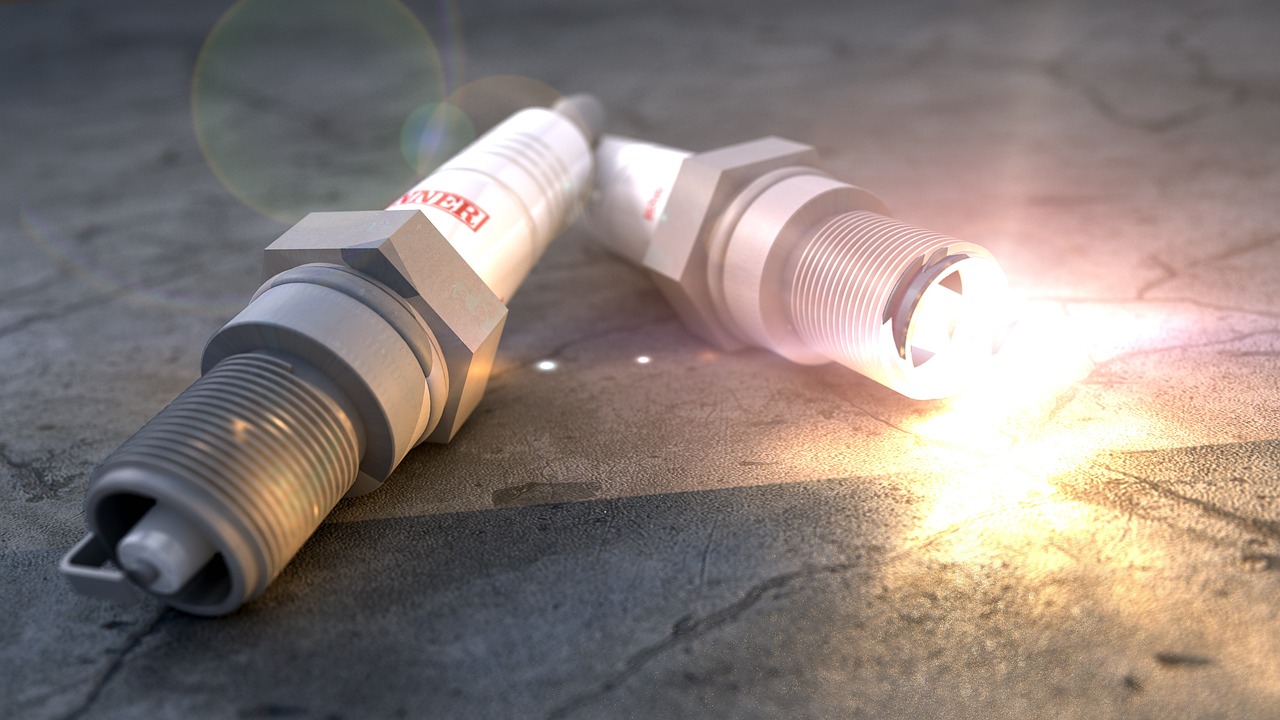Ladies and gentlemen, start your engines! Or at least try to, because if your car’s thermostat is throwing a tantrum, you might find your beloved vehicle acting more like a moody teenager than a reliable mode of transport. Yes, today we are delving deep into the scorching drama and icy silent treatments that your car’s thermostat can subject you to, and how to spot the signs before you’re left stranded with a car that’s ‘too cool’ to function or one that’s steaming with rage.
First off, let’s pretend for a moment that we all paid attention during auto-shop class. The thermostat in your car isn’t there to keep your feet toasty or your hands warm; that’s what your mismatched gloves are for. This little trooper’s job is to regulate your engine’s temperature, making sure it’s running hotter than the latest gossip but cooler than the other side of the pillow. It sits between the engine and the radiator, working like a bouncer at an exclusive club, deciding when to let the coolant go party in the engine or chill out in the radiator.
Signs of a Failing Thermostat
1. Your Car’s Impression of a Steam Locomotive
If your car is trying to cosplay as a vintage steam locomotive, puffing out more white smoke than the Vatican during a papal election, the thermostat might be stuck closed. This results in your engine overheating because the coolant is essentially barricaded inside the radiator and can’t get to the engine to cool it down. So while you might appreciate your car’s attempt at historical reenactment, an overheating engine is as much fun as a sunburn in a sandstorm.
2. The Cold Shoulder Treatment
On the flip side, if you turn on the heat and your car blows out air that’s colder than your ex’s heart, suspect the thermostat. It might be stuck open, which means it’s letting coolant pass through the engine like it’s an open bar at a wedding. The engine never gets warm enough, your car runs inefficiently, and you’ll shiver more than a chihuahua in a freezer.
3. The Temperature Gauge is Having a Dance Party
Ah, the temperature gauge on your dashboard, a real-time drama queen telling you a story of your engine’s mood swings. If the needle is acting like it’s auditioning for “Dancing with the Stars,” swinging from hot to cold and back again, your thermostat is probably having a meltdown (or a freeze-up). Consistency has left the building, and so has the proper functioning of your vehicle’s engine temperature.
4. It’s Raining Inside Your Engine (And Not Men)
Coolant should stay as contained as your sense of dignity at a family reunion. But if you find a puddle of coolant under your car, it might not be because it’s crying from your driving skills. A malfunctioning thermostat can cause leaks due to the pressure buildup. This is your coolant’s way of saying, “I’m outta here,” and it’s not coming back without some under-the-hood therapy.
5. Your Fuel Economy is Worse Than Your Diet Plans
If you’re visiting the gas station more often than you check your social media, your thermostat might be to blame. A faulty thermostat can lead to poor engine temperature regulation, causing your car to consume fuel with the voracity of a teenager after sports practice. Goodbye, fuel economy; hello, personal contributions to the oil industry’s golden parachute.
A Tale of Wrenches and Wallets
So I’ve covered how to spot a failing thermostat with the keen eye of a hawk on a caffeine buzz, but what happens next? Do you serenade it with sweet nothings, or do you get down to business with a wrench? Spoiler alert: It’s the latter.
6. The Great Thermostat Expedition
Replacing your car’s thermostat isn’t like changing the batteries in your TV remote. It’s more akin to a surgical procedure — on a very greasy patient. If you’re feeling brave, have a socket set, and your car’s manual hasn’t been repurposed as a coaster, then by all means, embark on this noble quest. Just remember that the path of DIY is fraught with peril, like stripped bolts and mysterious leftover parts.
7. When You Have to Break the Bank (Just a Little)
For those of you who prefer to keep your hands clean and bank accounts slightly dented, there’s the option of professional help. Yes, taking your car to a mechanic is like going to the dentist — no one really wants to do it, but it beats the alternative, which in this case, is being stranded in the parking lot of a taco joint. They can replace your thermostat quicker than you can say “My car’s temperature is more erratic than my Aunt Margie’s mood swings before her morning coffee.”
8. The Aftermath: A Symphony of Smooth Operation
Once the deed is done, whether by your own hand or that of the trusty auto mechanic, you should notice the harmony of proper engine temperature regulation. Your temperature gauge should settle down, like a hyperactive child after recess. You’ll get to enjoy the warmth of your heater again, which should now blow air hotter than the latest celebrity scandal.
9. The Hidden Benefits of Thermostat Vigilance
Keeping a close eye on your thermostat doesn’t just prevent roadside meltdowns; it also ensures your engine runs optimally. This means better fuel efficiency, less wear and tear on the engine, and more money in your wallet for important things like rent or that new video game you’ve been eyeing. It’s a win-win situation, unless you enjoy the unpredictability of a car that acts like it’s possessed.
In conclusion, diagnosing a failing car thermostat is an art form as much as it is a science. It requires patience, attention to detail, and a sense of humor when all you want to do is give your rebellious ride a piece of your mind. Remember, vehicles are complex beasts that thrive on tender loving care and regular maintenance. So the next time your car starts acting like it’s going through various weather seasons in the span of a single drive, tip your hat to the thermostat. It might just be its way of calling out for help — before it decides to throw in the towel and leave you wondering if carpooling on a donkey would’ve been a more reliable choice.
Pro Tips: The Secret Handshake of Car Care Club
Before we wrap up this rollercoaster ride of thermal dynamics and vehicular mood swings, let’s lace up our boots and wade through the murky waters of pro tips. These are the life hacks for your car’s wellbeing that could potentially save you from the side-of-the-road breakdown blues.
- The Owner’s Manual is Your Car Bible
I know, I know, the manual is as dry as a popcorn fart, but it’s packed with more useful information than your grandma’s attic. It will tell you everything from the type of thermostat you need to the mysterious hieroglyphics on your dashboard. Before you wield any tools, consult this automotive scripture.
- Keep an Eye on the Coolant
Coolant isn’t just ‘car juice’. Its health reflects the well-being of your thermostat and engine. If it looks murkier than a politician’s promise or has particles floating in it like a snow globe, then it’s time for a change — like yesterday.
You may also read: How to Check Your Car’s Coolant Level?
- Thermostat Housing – Treat it Like a First Date
When replacing the thermostat, handle the housing with care and respect. Make sure it’s clean and the surface is smoother than your pick-up lines. Any gunk or residue can cause leaks, and that’s a no-no in the world of engine dating.
- Quality Parts – Don’t Cheap Out
This isn’t the time for thriftiness. A high-quality thermostat is like buying good toilet paper; it just feels right. Cheap knock-offs might save you a dime now but will cost a dollar later — plus your sanity.
- Gasket or O-ring – The Seal of Approval
Make sure you replace the gasket or O-ring (whatever your car uses) when you change the thermostat. Reusing the old one is like reusing a teabag; it’s just sad and ineffective.
- Monitor Your Temperatures
After you’ve replaced the thermostat, keep a watchful eye on your temperature gauge for the first few drives. It’s like babysitting a toddler — turn your back for a second, and chaos ensues.
- Burping Your Car – It’s Polite
After changing the thermostat, ‘burp’ the cooling system. It’s not as fun as it sounds. This just means getting the air out, because air pockets are more trouble than a drunk uncle at Thanksgiving.
- Regular Check-ups Are Not Just for Humans
Regular maintenance is the golden rule. Have your cooling system checked out by a professional now and then. They can spot a dying thermostat like a barista can spot a fake coffee snob.
- Use Your Senses
If you smell something sweet and engine-y, it could be coolant leaking. If you hear boiling or gurgling, that’s not your stomach; it’s your engine crying for help. Don’t ignore these signs. Your car is talking to you, and it doesn’t care for small talk.
- Keep a Cool Head
If you’re stranded because you ignored all the warning signs (tisk tisk), stay calm. Overheating your brain won’t help the situation. Call for help, practice your deep breathing, and vow to pay better attention to your mechanical compadre in the future.
FAQs: The Thermostat Troubleshooting Tango
A car thermostat isn’t immortal, but it’s no mayfly either. It typically lasts between 10 to 15 years or about 60,000 to 120,000 miles (96,000 – 193,000 km), whichever comes first. But like the milk in your fridge, it’s best to check on it now and then, because sometimes it goes bad earlier than you’d expect.
Can you run a marathon with a sprained ankle? Sure, but it’s not a great idea. Driving with a faulty thermostat can lead to overheating, engine damage, and a thinner wallet. It’s best to address the issue sooner rather than when your engine throws a full-blown, steamy tantrum.
If you’re feeling like a detective, you can start the car and let it idle until it reaches operating temperature. Watch the temperature gauge; if it doesn’t move or does a full pendulum swing, your thermostat may be giving you the silent treatment (stuck open) or throwing a fit (stuck closed).
It could be old age, a stressful life (we can all relate), a buildup of mineral deposits, or just a stroke of bad luck. Sometimes, it’s just its time to go — like that goldfish from the fair.
Compared to, say, buying a new car or a small island, no. The part itself is usually affordable, but labor can add to the cost if you’re not a DIY guru. Think of it like dining out; you’re not just paying for the food but for the chef’s expertise.
And can my dog learn to vacuum the house? Sadly, no. A stuck thermostat is more stubborn than a cat at bath time. It needs human intervention or replacement to get back in action.
If your thermostat could talk, it would say, “Check me out!” But since it can’t, your car might illuminate the check engine light instead. It’s not a guaranteed SOS signal for thermostat issues, but it’s one of the many potential cries for help.
Directly? No. But if your car’s engine is the equivalent of a volcanic eruption due to a faulty thermostat, it can affect overall performance, including the AC. So, indirectly, yes, it’s like a bad mood spreading through the car.
If you remove the thermostat, your engine will run cooler, but not in a good way. It’s like removing the fridge door and expecting your milk to stay fresh. Your engine won’t reach the proper temperature, leading to decreased efficiency and potential long-term damage.
Absolutely. A bad thermostat can make your car’s heater blow colder than a penguin’s pantry because the engine can’t warm up properly. If you’re missing that toasty blast on cold mornings, the thermostat might just be the culprit.



